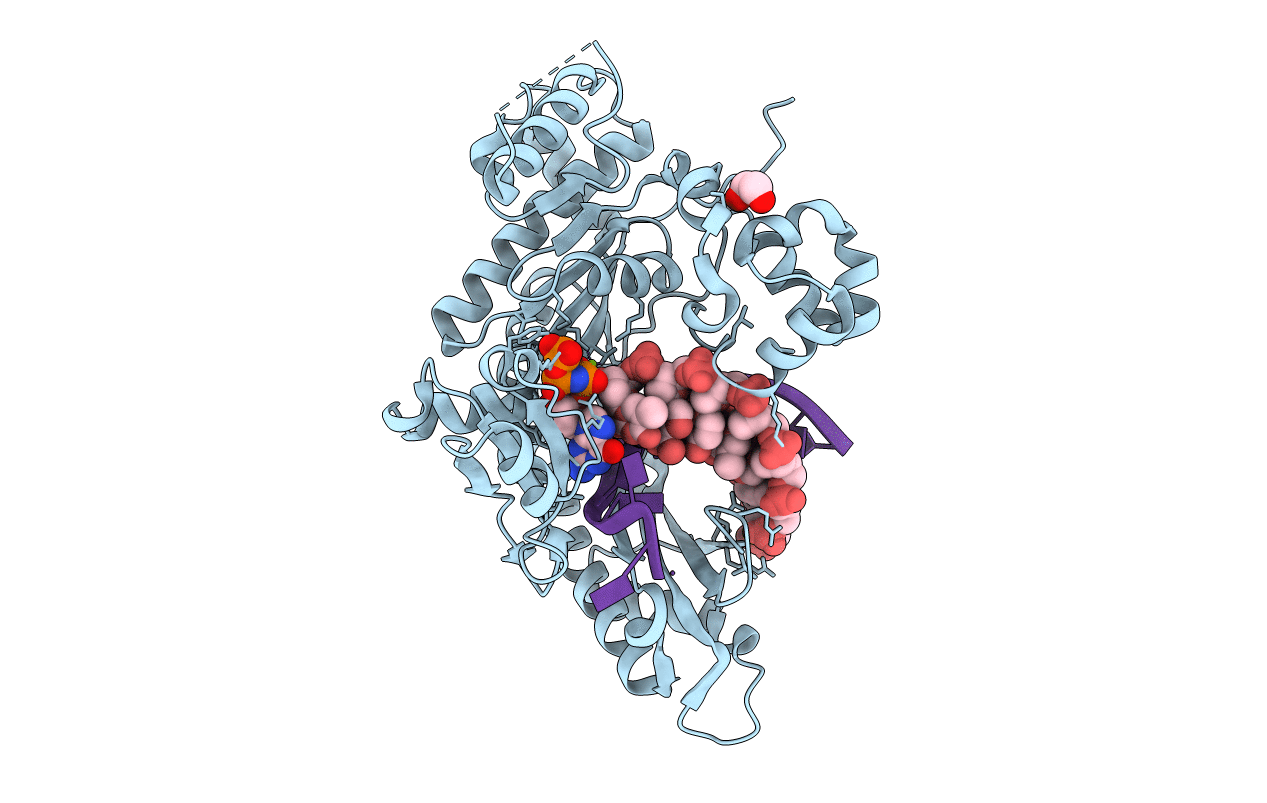
Deposition Date
2019-06-30
Release Date
2020-04-22
Last Version Date
2023-10-11
Entry Detail
PDB ID:
6PLC
Keywords:
Title:
Structure of human DNA polymerase eta complexed with 8OA in the template base paired with incoming non-hydrolyzable GTP
Biological Source:
Source Organism:
Homo sapiens (Taxon ID: 9606)
Host Organism:
Method Details:
Experimental Method:
Resolution:
2.50 Å
R-Value Free:
0.27
R-Value Work:
0.17
R-Value Observed:
0.18
Space Group:
P 61


